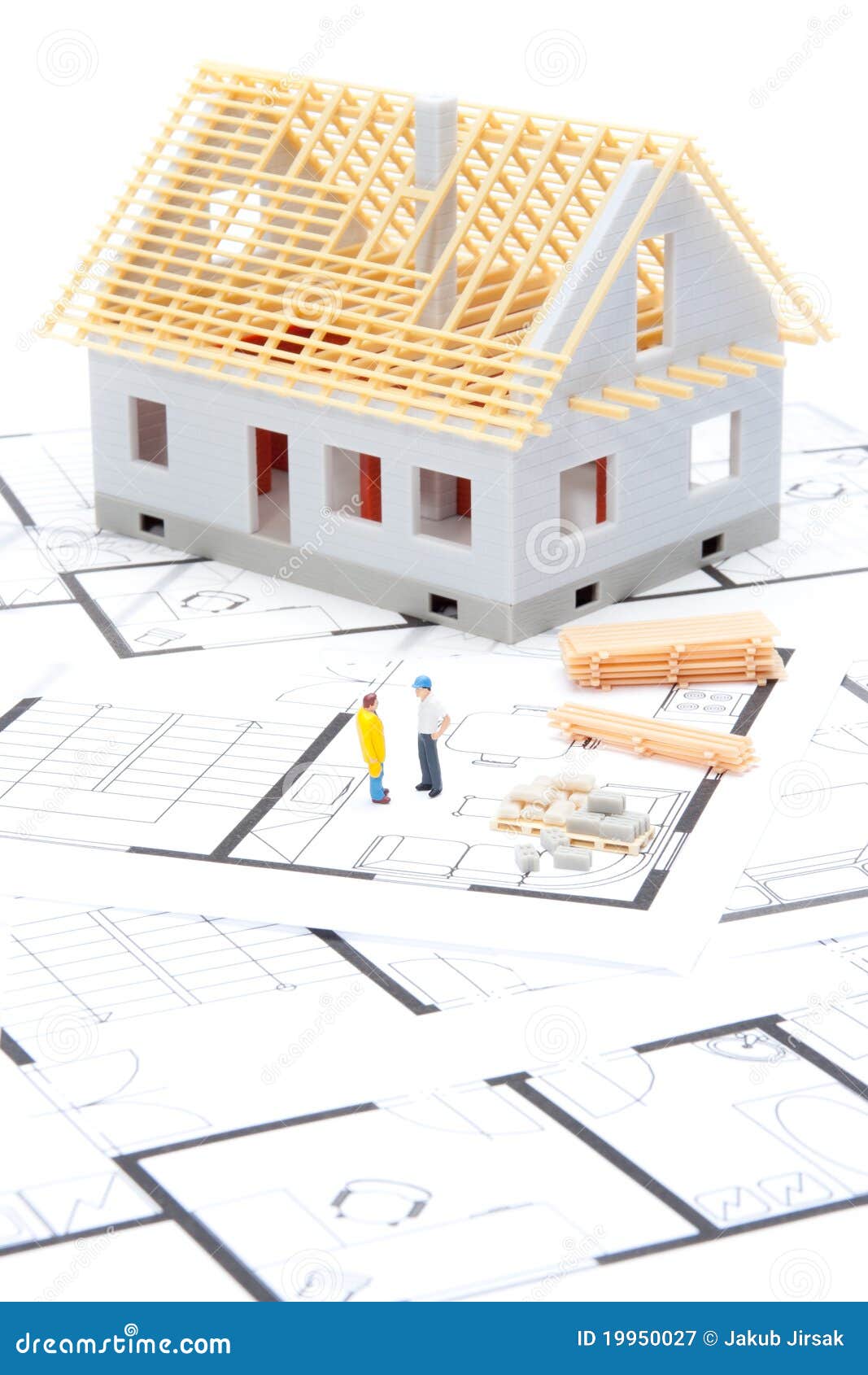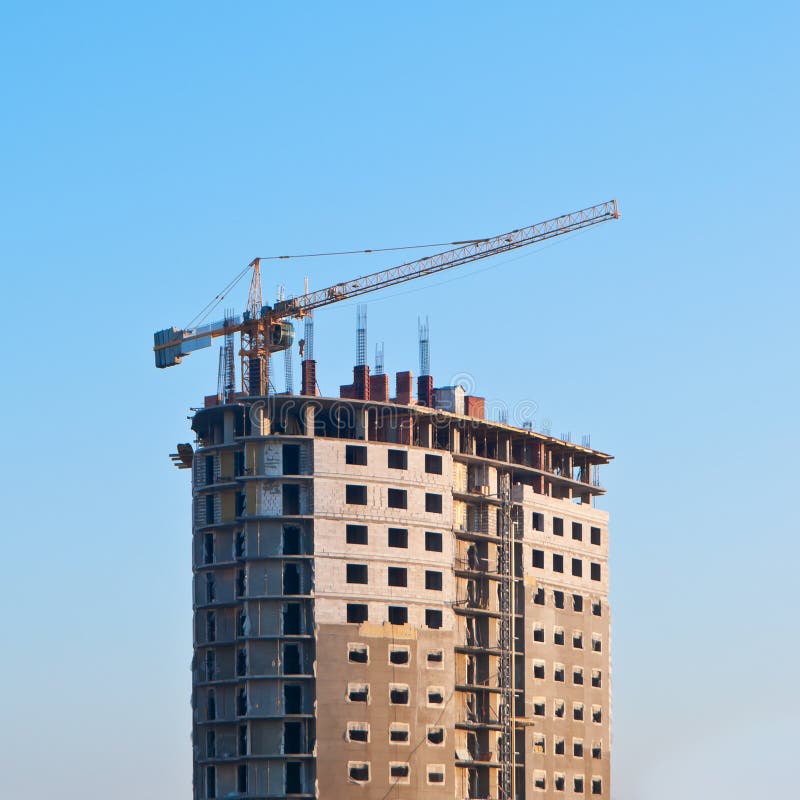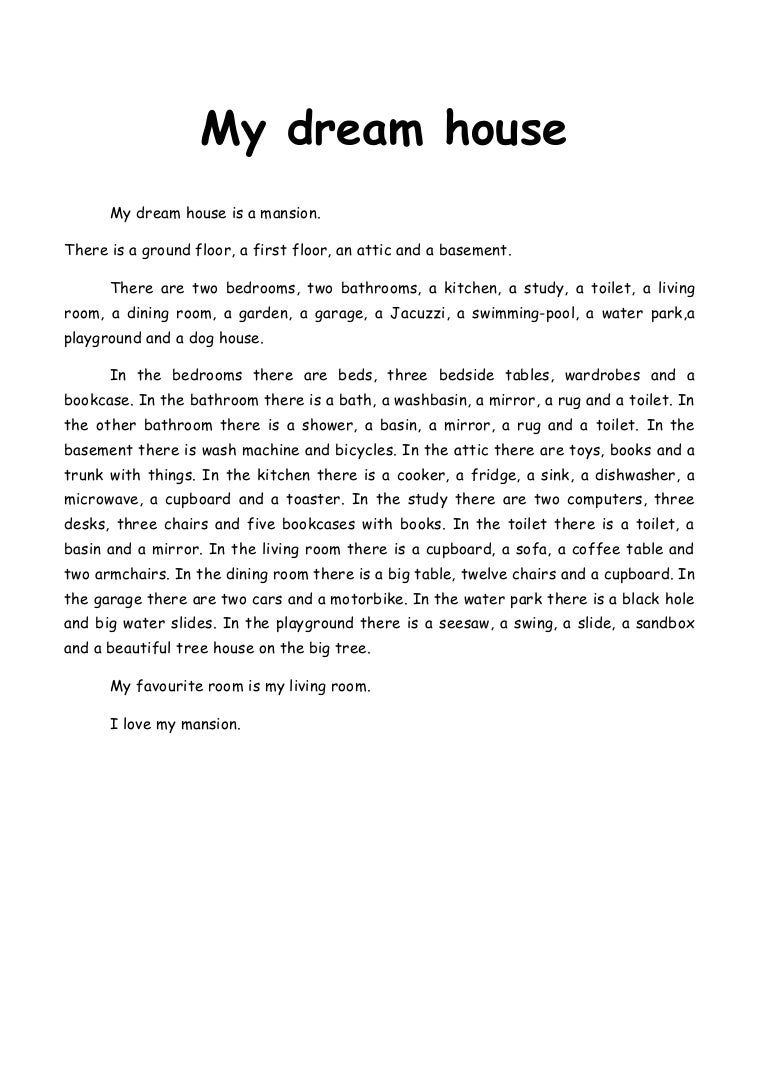Table Of Content

If the land has dips or hills, these will be graded to make sure there’s a flat surface to accommodate the house and driveway. When trees, shrubs, and bushes are removed, the team will also begin removing stump and root systems to prevent re-growth. If you go under contract early enough on a spec home, you may be able to choose some features like flooring, paint, kitchen appliances, and other finishes.
Get permits
Additionally, whether the home is modular or stick-built also influences the final cost. The foundation for a custom California home will cost anywhere from $1,300 to $20,000, bringing the typical cost to around $10,650. The final cost of the foundation will depend on the slope grade, as California isn’t known for flat land. Houses in California are typically built on a slab foundation, and the cost to build a basement is higher than in most places, with prices of up to $50,000. In this article, we’re discussing how to build a production home, which is usually one of a group of homes in a community. The cost of the land and construction is included in the price of the home, although sometimes you’ll pay an extra fee for a specific lot if it’s more desirable than others in the community.
Interior Finishes
Weather is the biggest one, with temperature shifts and rain or snow postponing work. If you’re taking too long to choose your favorite flooring or windows, it could make it all take a little longer. Once built, you or your contractor will schedule a final inspection to obtain a certificate of occupancy. This is the official document that verifies that all work on the home was done to code and the structure is safe for people to live in. The following steps will help you navigate the home-building process with confidence. After this, there could still be costs related to land, utility hookups, landscaping, driveways, permits, taxes, and fees.
Building a House's Roof
Once the land is cleared, the clearing team will fill in any holes and level the ground. Then, the team will put up wooden stakes to market out where the foundation should be poured. During this step, a professional land-clearing team will remove any debris, vegetation, trees, brush, and rocks within the intended build site. Building a home is a huge project, and the average build will involve 22 subcontractors working on the home. Tract homes are when a developer buys a large plot of land and divides that land into individual lots.

To get financing for your dream home project, you’ll need to work with a qualified builder or general contractor. Most lenders are helpful in this process, even providing builder approval packages. You don’t always know what mortgage rate you’ll be offered until the construction is complete. Or if you are locked in, rates may have dropped during the construction period, and you may be able to do better with another lender. The average new home costs $296,652 to build, according to the National Association of Home Builders’ 2020 study. In general, the more draws allowed, the nicer it is for the builder.
3D Printed Houses: 9 Top Examples - Built In
3D Printed Houses: 9 Top Examples.
Posted: Mon, 01 Apr 2024 18:20:12 GMT [source]
How much money should I have saved to build a house?
Once the drywall is up, the walls and ceiling can be textured, which averages from $0.80 to $2.00 per square foot. It’s cheaper to add texture from scratch, than to remove and retexture walls, so new homeowners are in luck. The average cost to frame a house is currently $7–$16 per square foot, including labor.
Financial steps to building a house: The complete guide
Shipping container houses take about 30% less time to build than traditional homes. According to Craftsman’s National Estimator, the cost to frame a house ranges from $13 per square foot for lumber and labor costs for a single-story home to $22 per square foot for a two-story home. The average labor cost to build a home is roughly 39% of the total build cost and works out to about $34 per square foot. The labor cost for an average 2,776-square-foot home will run about $68,000. Building a typical 2,600-square-foot home can take an entire professional crew and subcontractors many months to put together. If you do it yourself, you'll need to understand the complexities of construction, building codes, and timelines, and you’ll have to spend money hiring labor.
The average construction manager for homes under $10 million will charge 5% to 15% of the project total. The project construction manager (also known as a general contractor) will likely be in charge of helping your dream home come to fruition. Apply custom colors, patterns and materials to furniture, walls and floors to fit your interior design style. You’ll also need cash for closing costs, which vary by jurisdiction and average 2 percent to 5 percent of the purchase price of the house. More than 39 million people live in California, which stretches for 900 miles along the Pacific coastline from Mexico to Oregon. If the budget is tight, some self builders choose to have a bit of a break between completing the house and turning their attention to the landscaping.
VA Loans
They’ll need to be connected to the water and sewer lines that already have been installed. A flat surface is necessary to build a home, so you’ll need to level the land. Also called grading or re-sloping, properly leveling the site prevents drainage problems and soil erosion. If your new lot is empty, you may be able to clear it on your own, or with help from friends and family.
The exterior finish also contributes to your property's overall look and feel. Both add the special touch that'll make your new house a home sweet home. Construction starts with clearing the land, which adds an average of $2,300 to your budget if the land hasn’t been prepped for building as it typically is in a housing development. And you have almost complete control over the construction materials used in your house, as well as the cost of building a home. A 90-day approval process on construction loans is common, because the lender must approve the project and the builder, not just you. If you use a short-term construction loan that only covers building costs, you’ll likely need to refinance into a traditional mortgage once construction is complete.
New home construction costs $100 to $155 per square foot on average with most homeowners paying $155,000 to $416,250, in addition to the cost of your land. Costs vary considerably based on location and all your choices in design and interior and exterior finishes. Lumber is the most expensive out of these, with costs averaging $25,000 to $65,000 nationwide, with prices continually increasing. Also account for the cost of materials for concrete, flooring, siding, drywall, and roofing at the very minimum.
Getting separate loans for each stage of the construction process might be easier from a lender standpoint. It might give you more control as well, because you can shop for the best rates on each loan. However, these mortgage programs can be harder to find from mainstream lenders, so you should expect to shop around if you want one of these loans. For instance, Fannie Mae, FHA, VA, and USDA programs all offer one-time close construction loans.
Most rough-ins are complete within three to seven business days but may take longer depending on the size of the home, the number of stories, and add-ons such as pools and speaker systems. Building a home requires quite a large team, ranging from hiring a local construction management company to the team needed to pave a driveway or install your electrical wiring. Services won't always be in flat numbers and may cost a percentage of the home instead. After you’ve selected and paid for your land, now you have to figure out your actual home construction budget. Below are some general budget ranges, but keep in mind your location within California and overall size of your home will have the greatest impact on the price. Your builder will handle all the permitting requirements and inspections, but you should be aware that these steps can add to the time it takes to build your home in California.
The air handler, condenser, and trim work will be installed as well. Footings can be made from concrete or brick masonry and are most commonly used with shallow foundations because it distributes the weight of vertical loads directly to the soil. Footings are generally wider than the foundation itself and sit one foot below the frost line (the typical depth at which the soil freezes in your climate).




















